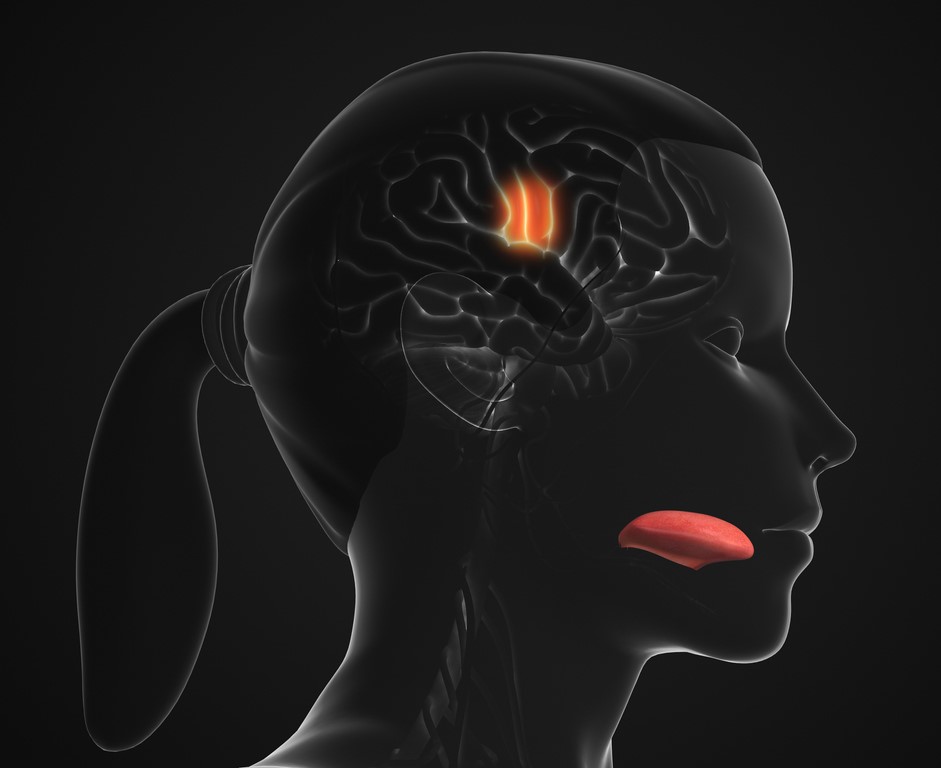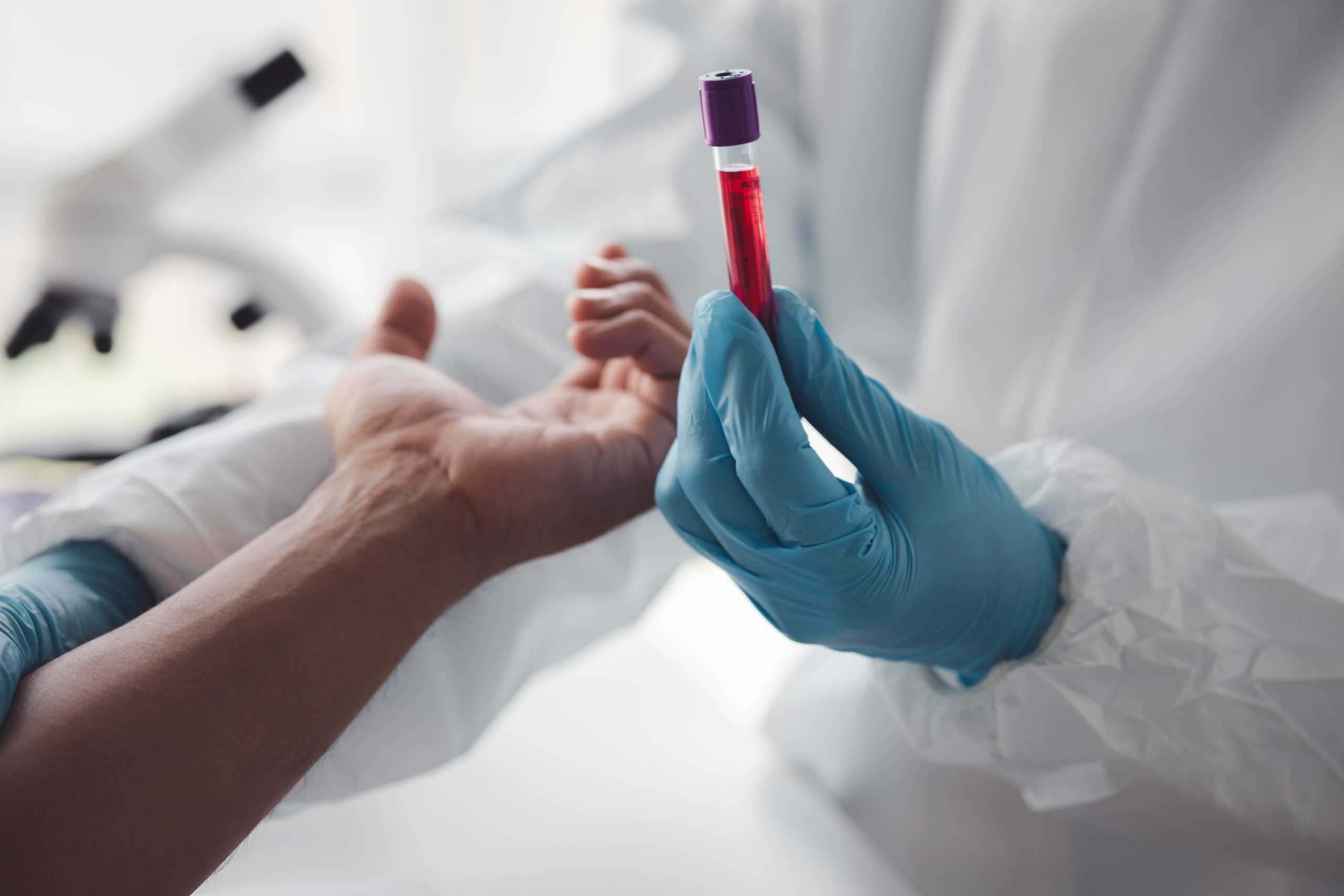
November 26, 2024 — A hidden “pocket” inside one of the body’s bitter taste receptors, called TAS2R14 may change the understanding of the way our tongue senses bitterness, and provide new possibilities for drug design for including asthma and inflammation.
According to a new study published in Nature, the body uses a family of 25 receptors to detect chemically different molecules that trigger bitter taste sensations. Interestingly, many drugs also activate this bitter taste system. A video of Taste Receptors is located here.
“This discovery gives us a new clue into how TAS2R14 works,” says Prof. Masha Niv of the Hebrew University Robert H. Smith Faculty of Agriculture, Food, and Environment. as well as the Institute of Chemistry. “It’s fascinating because the receptor is not just sensing chemicals from outside the cell, like food or drugs, but also ‘tasting’ what’s happening inside the cell. This new intracellular pocket could be a game-changer in how we design drugs to interact with these receptors.”
Unlike most other bitter taste receptors, TAS2R14 is highly “promiscuous,” meaning it can recognize and respond to a wide variety of bitter substances, from vitamins to certain drugs and even odorants. The receptor’s ability to respond to such a diverse array of compounds makes it a subject of great interest to researchers. Until now, however, how exactly TAS2R14 binds to these compounds and triggers a response in the body has not been fully understood. TAS2R receptors are found in many parts of the body and are involved in processes like breathing, digestion, and the immune system.
In the research, the scientists used advanced electron microscopy (EM) to see the three-dimensional architecture of proteins in great detail. This technique, called cryo-EM, enabled to solve the structure of TAS2R14 together with flufenamic acid (FFA)—a bitter anti-inflammatory drug that activates TAS2R14. The structure led to a surprising discovery: the drug binds simultaneously at two distinct positions of the receptor: one copy bound at an extracellular site and the other at the intracellular one. This dual binding, sheds new light on how the receptor interacts with diverse chemical compounds, including those that cause bitterness.
The research paper titled “A bitter anti-inflammatory drug binds at two distinct sites of a human bitter taste GPCR” is now available at Nature Communications and can be accessed here.
Funding
Israel Science Foundation, Deutsche Forschungsgemeinschaft (German Research Foundation), European Research Council.
Researchers
Lior Peri1,8†, Donna Matzov2†, Dominic R. Huxley3†, Alon Rainish1,8, Fabrizio Fierro1,8, Liel Sapir1,8, Tara Pfeiffer4, Lukas Waterloo4, Harald Hübner4, Yoav Peleg6, Peter Gmeiner4,5, Peter J. McCormick3,7, Dorothee Weikert4,5*, Masha Y. Niv1,8*, Moran Shalev-Benami2
Institutions
- The Institute of Biochemistry, Food Science and Nutrition, Robert H. Smith Faculty of Agriculture, Food, and Environment, The Hebrew University of Jerusalem, Rehovot, Israel.
- Department of Chemical and Structural Biology, Weizmann Institute of Science, Rehovot 7610001, Israel.
- Centre for Endocrinology, William Harvey Research Institute, Barts and the London School of Medicine, Queen Mary, University of London, Charterhouse Square, London, UK.
- Department of Chemistry and Pharmacy, Medicinal Chemistry, Friedrich-Alexander-Universität Erlangen-Nürnberg, Nikolaus-Fiebiger-Str. 10, 91058 Erlangen, Germany.
- FAUNeW – Research Center New Bioactive Compounds, Friedrich-Alexander-Universität Erlangen-Nürnberg, Nikolaus-Fiebiger-Str. 10, 91058 Erlangen, Germany.
- Structural Proteomics Unit (SPU), Life Sciences Core Facilities (LSCF), Weizmann Institute of Science, Rehovot 7610001, Israel.
- Department of Pharmacology and Therapeutics, Faculty of Health and Life Sciences, University of Liverpool, Liverpool, UK L69 3GE.
- The Fritz Haber Research Center, and the Harvey M. Kruger Center for Nanoscience & Nanotechnology, Institute of Chemistry, The Hebrew University, Jerusalem 9190401, Israel
DOI 10.1101/2024.04.10.588278
Funding
Israel Science Foundation, Deutsche Forschungsgemeinschaft (German Research Foundation), European Research Council.



